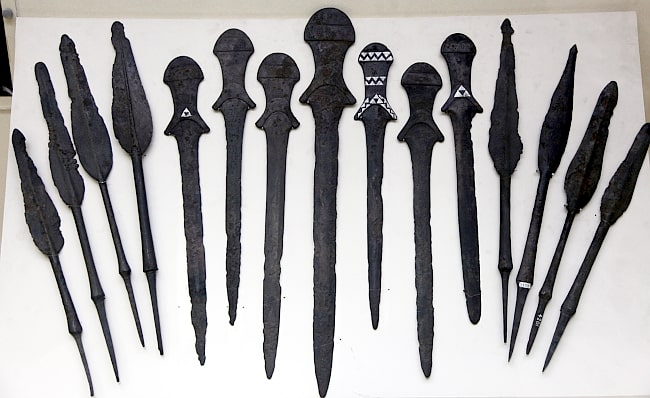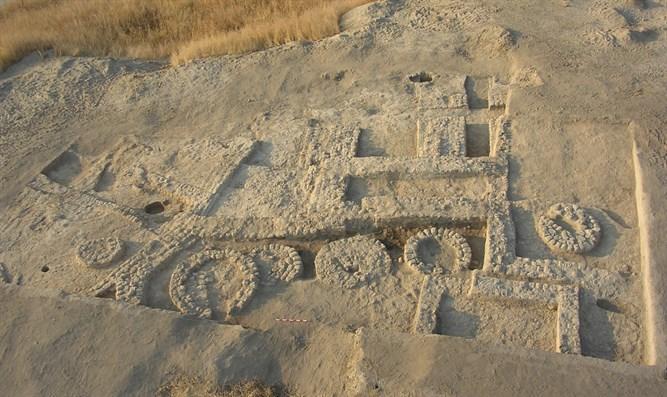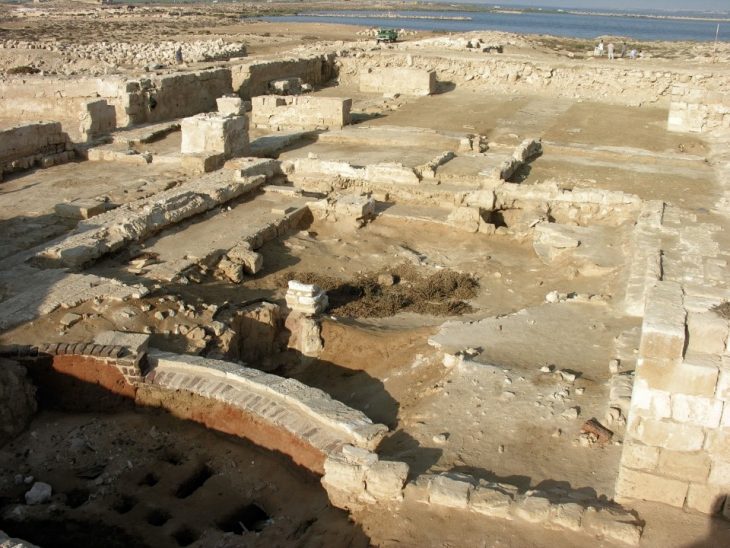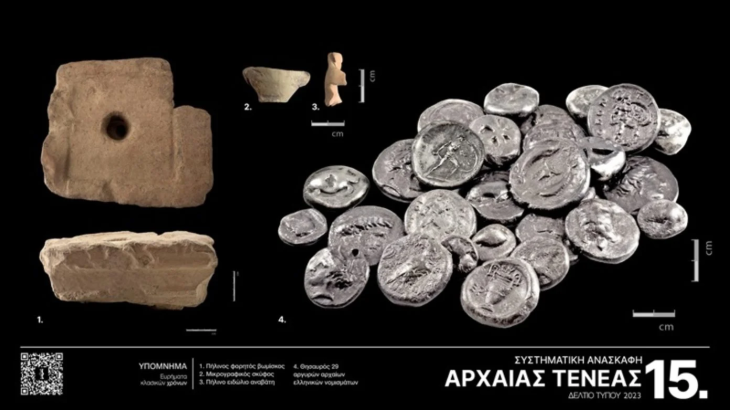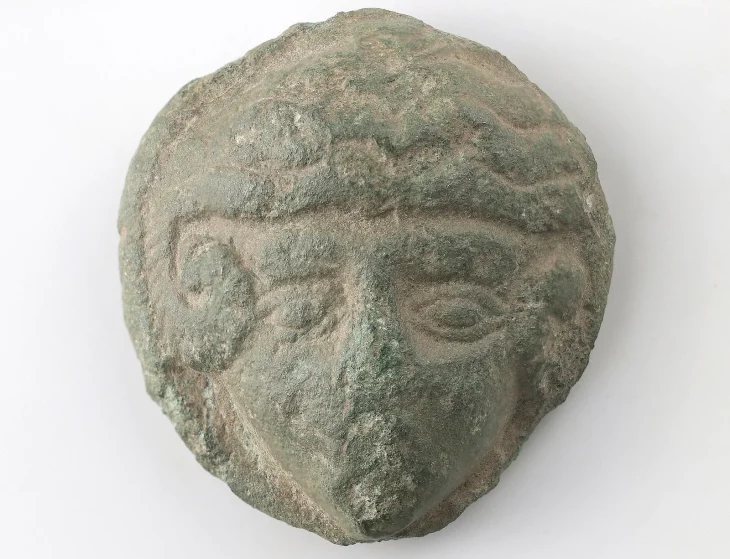Archaeologists from the State Office for Heritage Management and Archaeology Saxony-Anhalt (LDA) have uncovered a significant Neolithic burial landscape on the Eulenberg near Magdeburg, Germany, during an excavation that was spurred by impending construction activities by US chip manufacturer Intel.
200 meters separated the two roughly 6,000-year-old monumental mounds that contained several burials each and were made of wood. For an extended period, the landscape undoubtedly continued to be significant to prehistoric people. Around 1000 years later, the corridor in between the mounds was used as a processional route where cattle were sacrificed and people buried.
A small hill known as Eulenberg is partially included in the 300-hectare large industrial park. Excavations have revealed two mounds from the Baalberge Group (4100–3600 BC), a late Neolithic culture that inhabited Central Germany and Bohemia. These two mounds contained wooden grave chambers containing multiple burials. These chambers are trapezoidal and their length is between 20 and 30 meters.
The corridor in between was probably a procession route around a thousand years later, during the period of the Globular Amphora Culture (3300–2800 BC). Along this path, pairs of young, 2-3-year-old cattle were sacrificed and buried. In one case, the grave of a 35 to 40-year-old man was dug in front the cattle burials, creating the image of a cart with a driver or a plow pulled by cattle, orchestrations that are already known from other older and contemporary burials. They symbolize that with the cattle the most important possession, the security of one’s own livelihood, was offered to the gods.
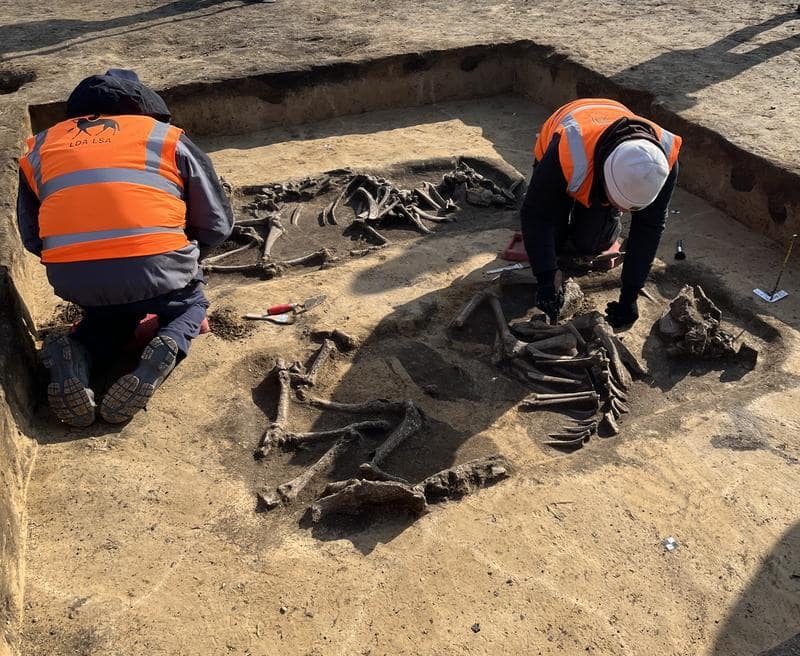
Around 1,000 years later, a palisade ditch that was still 50 cm wide took up the course of the former procession route and deliberately included the larger of the two burial mounds in the approximately 3 hectare large burial landscape. It passed over the cattle burials but did not destroy them.
In addition, several Corded Ware Culture burial mounds (around 2800-2050 BC) with diameters of around 10 m were discovered in around 600 m distance. The consistency in the ritual use of this part of the Eulenberg is astonishing, and the subsequent analysis of the finds promises even more interesting insights.
The State Office for Monument Protection and Archaeology plans to conclude the excavations by the end of April, paving the way for the construction phase. With the impending construction of semiconductor plants by Intel, efforts to preserve and document the archaeological heritage of the site remain crucial.
State Office for Heritage Management and Archaeology Saxony-Anhalt
Cover Photo: Oliver Dietrich / State Office for Heritage Management and Archaeology Saxony-Anhalt


